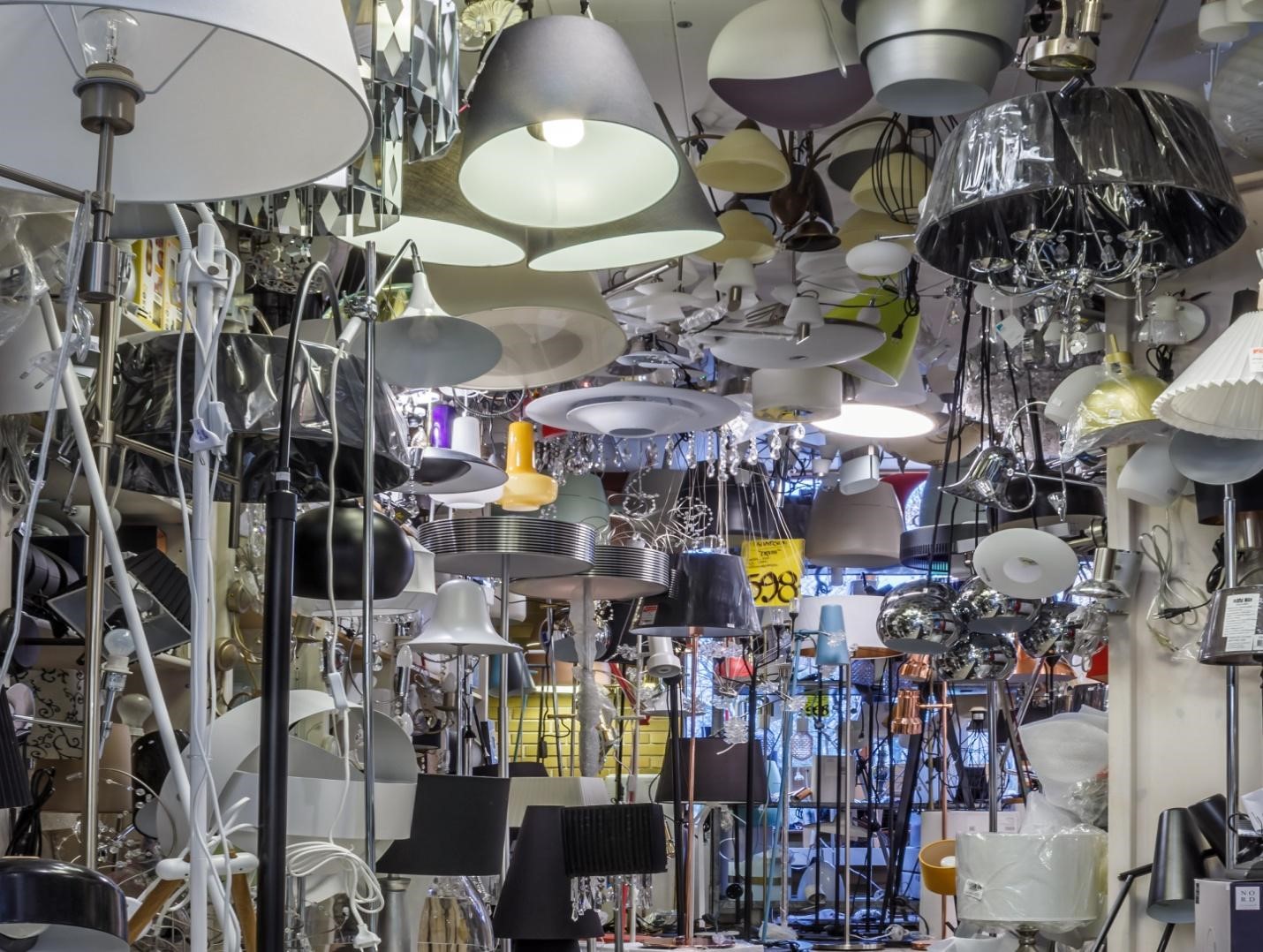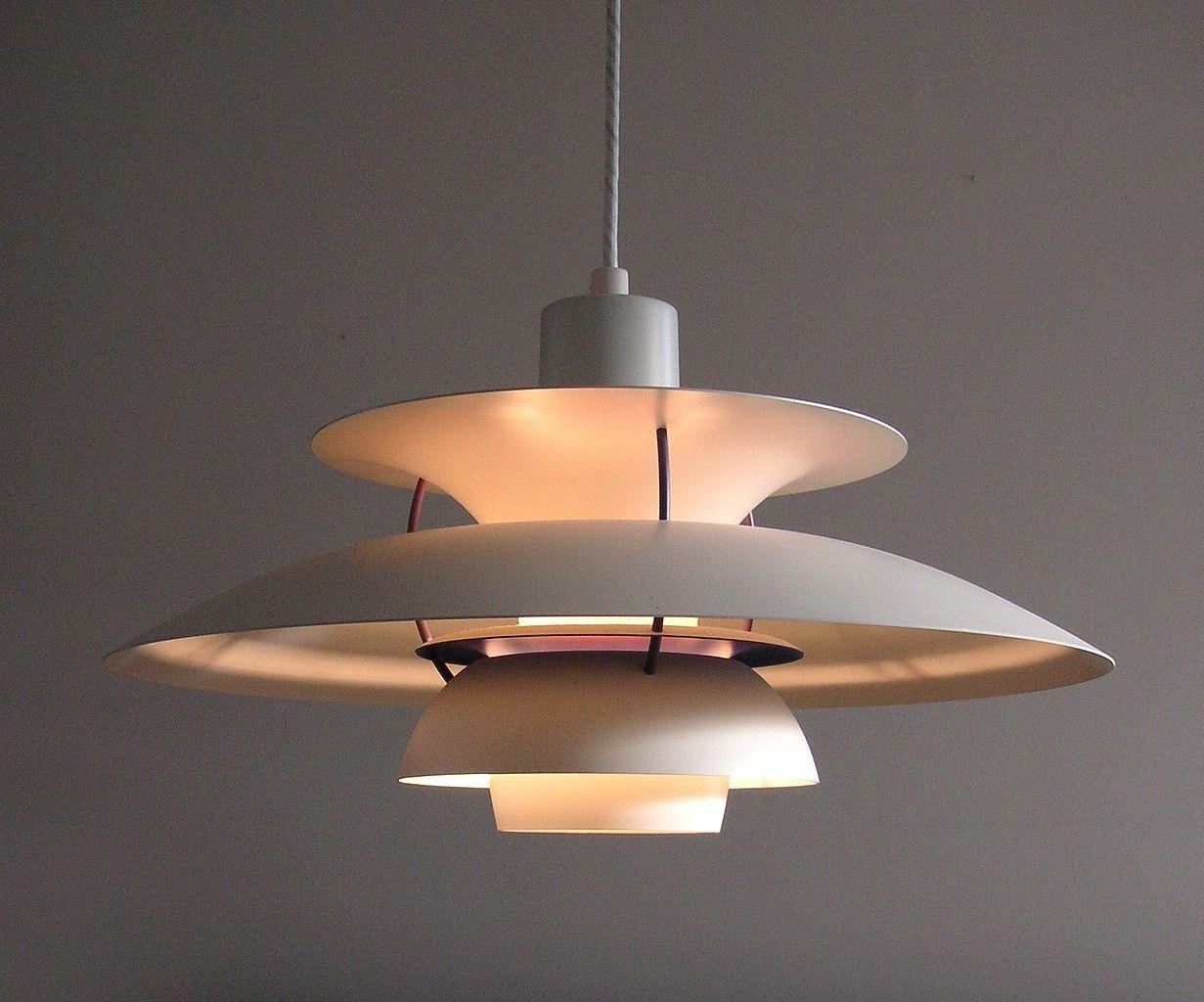When designers are working on a new public space project, a great deal of thought and planning goes into every aspect of how the space will be used. The most successful spaces work so well because architects, planners, engineers and landscapers have thought about everything from the flooring to the lighting, plants and flow of people through that space.

Using lighting to enhance the design
A good lighting scheme will provide atmosphere along with security and safety. No one is going to use a town square in the evening if there is insufficient lighting because they won’t feel safe. Some designers deliberately create lighting that is unobtrusive and functional, while others will use the opportunity to create a lighting scheme that is as much a design statement as the hard landscaping. To find out more about the different kinds of light you can get and where it can be place you might want to consult Lighting Specialists through sites including encapsulite.co.uk/
Some large-scale projects will have a dedicated lighting designer, although it is often the architect, engineer or landscape architect who gets involved on smaller projects. A good lighting design will incorporate different elements and different types of lights for different purposes. These fall in to three broad categories: general, which would include street lighting, or the lights in a car park; task or functional, like lighting up steps or walkways for safety reasons; and accent or visual, which creates atmosphere and adds to the whole visual impact of a space.

Catenary lighting illuminating the night
This latter category is definitely the case at the Henley Square redevelopment in Adelaide, Australia, where the project designers have created a lighting scheme designed to evoke the Milky Way. They have commissioned a catenary lighting system, which uses a tensile structure and cabling to create the eye-catching lighting. When fully illuminated at night, it creates a Milky Way-like display.
Catenary lighting uses lightweight cables, some of which are 30m in length, to hold the LED lights steadily in place, with the cables themselves supported by purpose-built canopies like those used in tensile structures. This system is strong enough to need no additional support poles or masts.
During the day, the cables are barely noticeable as they are only 4mm in diameter, so they don’t interfere with the appearance of the redevelopment and hard landscaping. It is a different story at night as the lights illuminate the sky to stunning effect and encourage the public to use the space after dark.